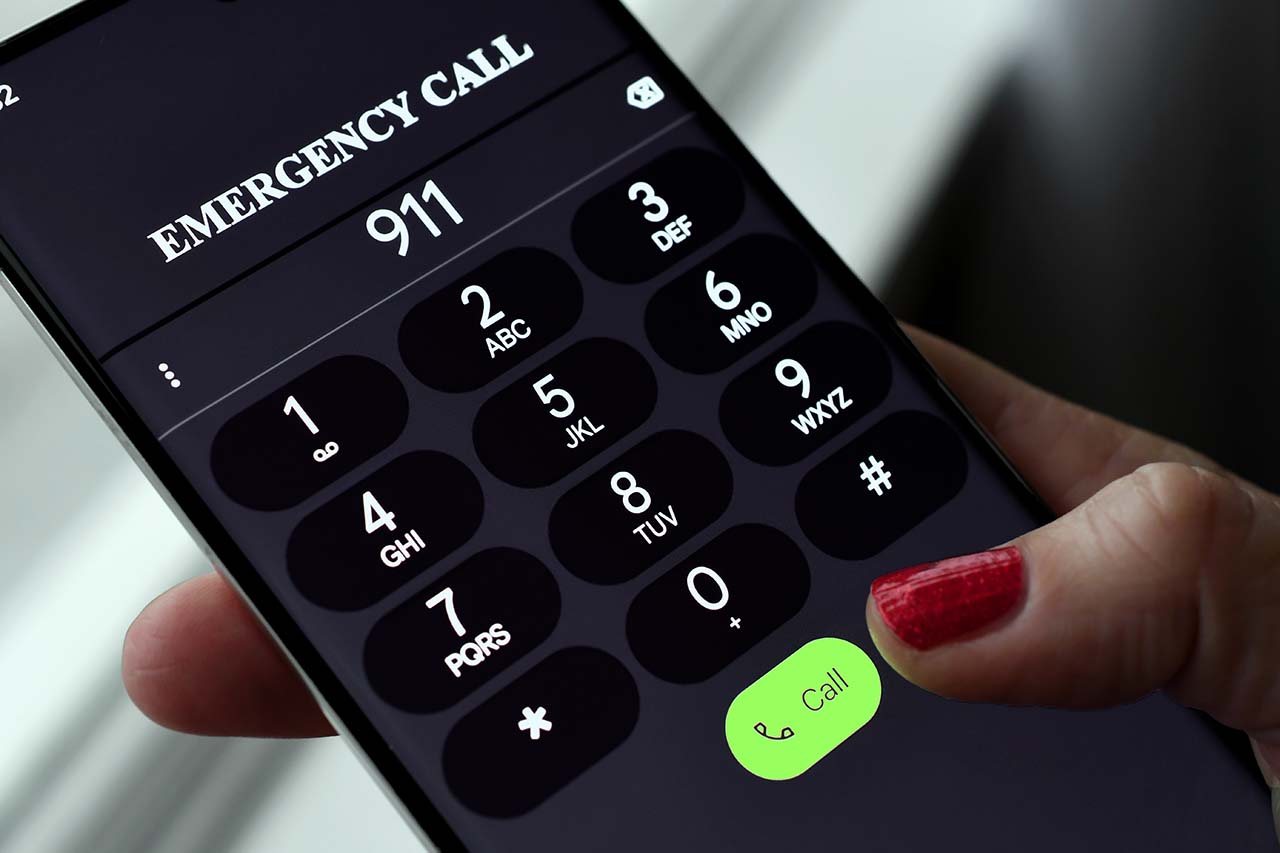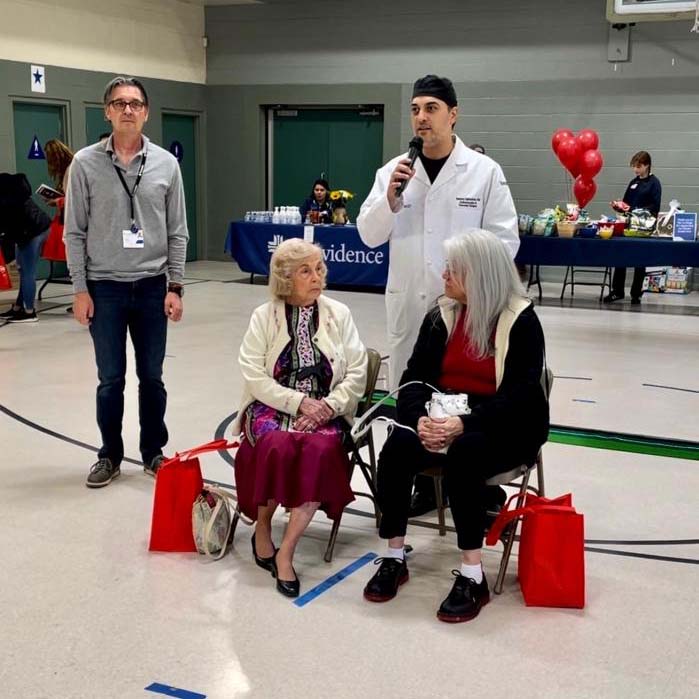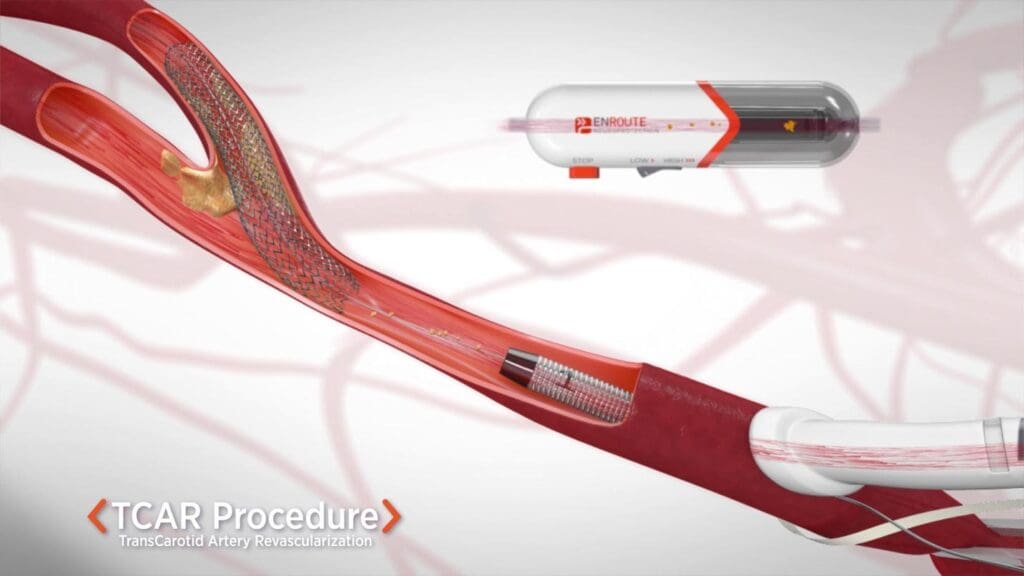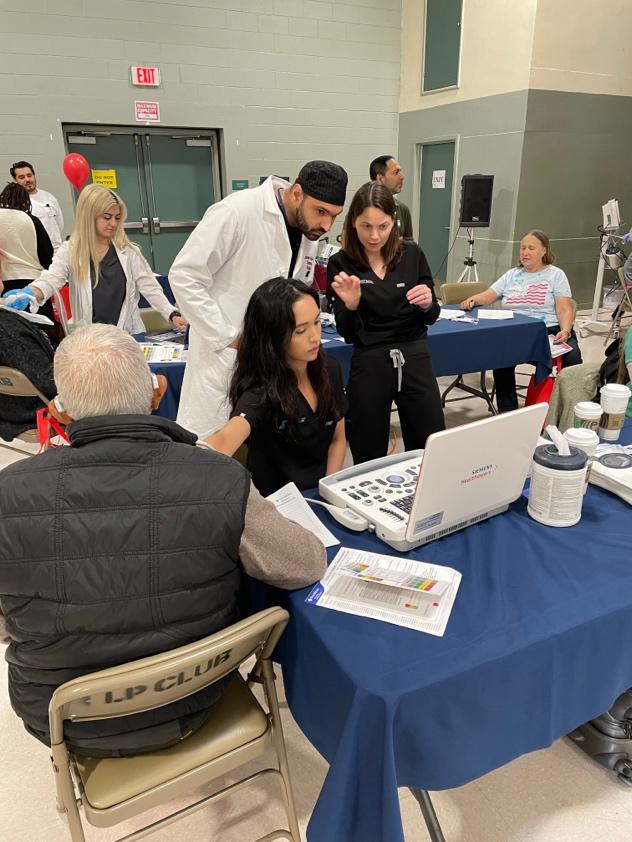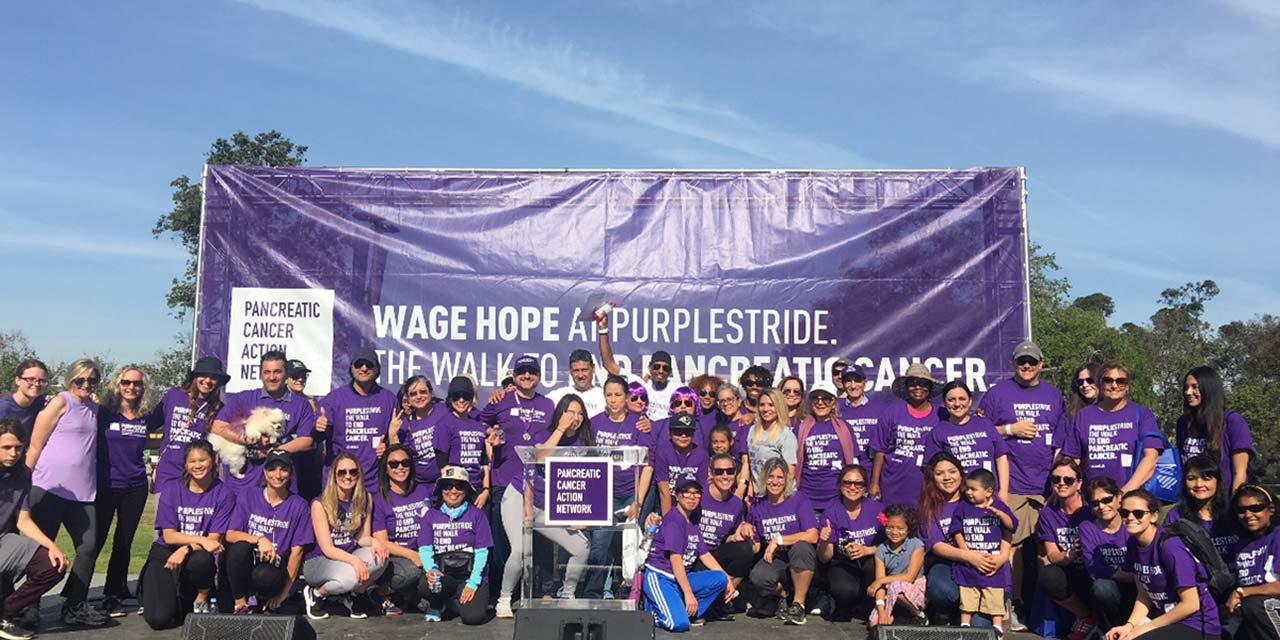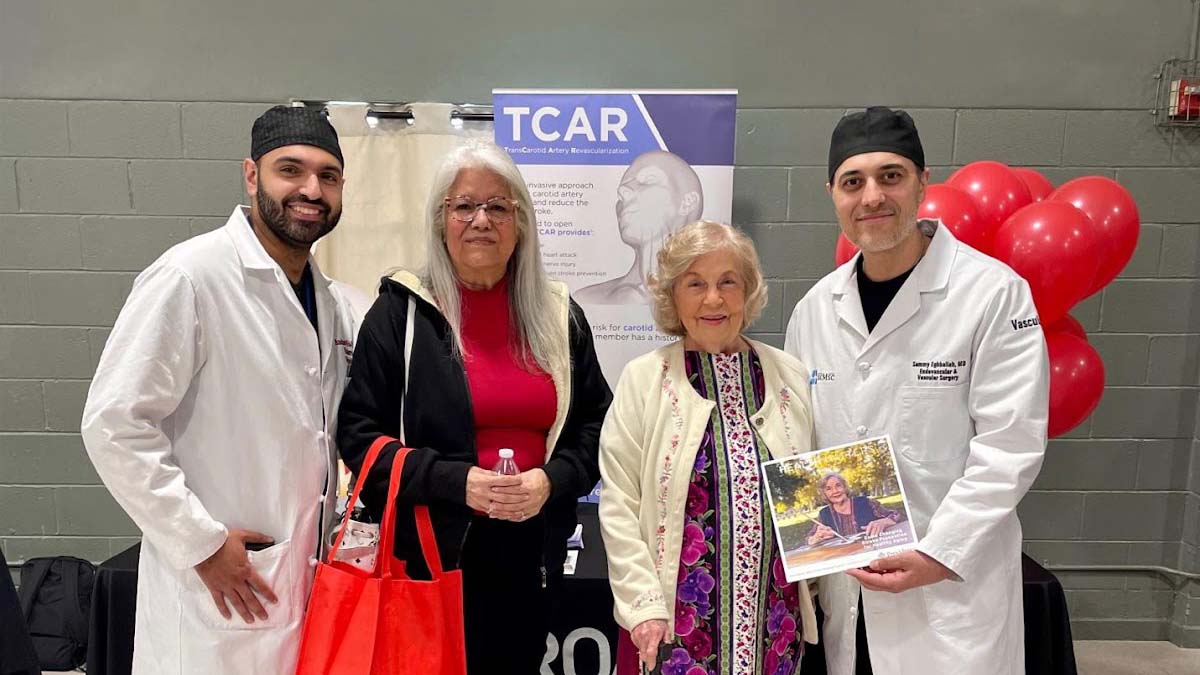Let’s Talk Strokes
Did you know that more than 80% of strokes are preventable? In this blog post we will talk about the diet and lifestyle changes you can make to minimize your risk for stroke. We will also review the risk factors for stroke and how to spot the warning signs. Lastly, we will talk about treatment options offered here at SCMSC.
3 Different Types of Strokes
What is a stroke? There are 3 different types of strokes. Let’s review them now:
Ischemic stroke
This type of stroke represents almost 80% of strokes. An ischemic stroke occurs when a blot clot, or piece of plaque blocks the blood flow to one of your arteries traveling to your brain. When this happens, your brain goes without blood flow and the cells in the brain can be permanently damaged. That is why it’s important to act F.A.S.T. Time is brain. The longer your brain goes without blood flow the more severe the damage.
There are 2 types of ischemic strokes:
- Embolic – this is when a piece of plaque or clot travels through an artery to the brain and blocks blood flow
- Thrombotic – this is when a blood clot forms in an artery in the brain, blocking blood flow
Transient Ischemic Attack (TIA)
A TIA occurs when blood flow is blocked to the brain for only a few minutes and the body clears the blockage on its own, this is also known as a “mini stroke.” Any symptoms and damage are usually only transient and temporary. A TIA is a warning sign of a major stroke. Call 911 if you are experiencing symptoms of TIA or stroke immediately.
Hemorrhagic Stroke
When a blood vessel in your brain ruptures and leaks blood into your brain, the cause is a hemorrhagic stroke. This can happen from an injury to your brain or from the formation of an aneurysm in one of your brain’s blood vessels. When the hemorrhage affects the surrounding brain tissue, it’s called intracerebral. When the hemorrhage affects the area between the skull and the brain, it’s called subarachnoid.
Response time is crucial during a stroke. Learn the symptoms of a stroke and act F.A.S.T. to minimize damage to the brain.
Act F.A.S.T.
Time is your enemy during a stroke. Recognizing the symptoms and acting F.A.S.T. is important to minimize damage to the brain. What does F.A.S.T. stand for?
- Face drooping — Is one side of the face dropping? Look at their eye, cheek or lips to check for any unusual asymmetry or droopiness.
- Arm weakness — Is the person experiencing arm weakness? Ask them to raise both arms to shoulder height and check for one arm that seems lower than the other.
- Slurred speech — Is the person’s speech slurred, or are they speaking in an unintelligible way?
- Time to call 911 — It’s time to call 911 or your local emergency services. Be sure to tell them you think it’s a stroke.
Risk Factors for a Stroke
Let’s review some of the risk factors for stroke:
- Over the age of 65
- Obese
- Women are higher risk for stroke
- Pregnancy
- Taking birth control
- Hispanic, Native American and African American patients are higher risk for stroke
- Family history of stroke
- High blood pressure
- High cholesterol
- Diabetes
- Smoking
- Use of illegal drugs such as cocaine and methamphetamines
- Consuming alcohol excessively
- Physical inactivity
- Coronary artery disease
- Peripheral artery disease
- Carotid artery disease
Minimize Your Risk for a Stroke
Some risk factors for stroke are not controllable but there are many things you can do to minimize your risk for stroke. Maintaining a healthy diet and lifestyle are important factors for reducing your risk for stroke.
Below are some recommendations to reduce your risk of stroke:
- Eat healthy and limit consumption of alcohol
- Quit smoking
- Discontinue use of illegal drugs
- Workout 30 minutes a day
- Control high blood pressure
- Reduce cholesterol
- Control your blood sugar if you have diabetes
- Know your risk of heart disease or clotting disorders
Carotid Artery Disease
Carotid artery disease is a big risk factor for stroke. Our physicians specialize in carotid artery intervention and treatment. Carotid artery stenosis is when plaque builds up in your carotid artery, similar to what happens in coronary artery disease. When you have plaque in your carotid artery, sometimes that plaque can break off and travel to your brain causing a stroke.
Our physicians Drs. Sammy Eghbalieh and Abi-Chaker are experienced vascular surgeons that specialize in carotid artery intervention and stenting. Depending on the severity of your carotid artery disease you may be able to make diet and lifestyle changes to prevent stroke. However, if your disease has progressed you may need to have surgery.
The following are surgery options offered by SCMSC:
Carotid artery endarterectomy
This is an open surgical approach to fixing your carotid. During this procedure, the surgeon will surgically open your carotid artery through and incision in your neck to surgically remove the plaque from your carotid artery and then place a patch.
Carotid artery stenting
In this procedure the physician makes a small hole in your groin and passes wires and catheters through your carotid artery to place a stent across the stenosis in your carotid artery. This procedure also uses a filter protection device to prevent knocking off plaque during the procedure that can cause a stroke.
TCAR or Transcarotid Artery Revascularization
This is a new procedure that Drs. Sammy Eghbalieh and Andrew Abi-Chaker specialize in. For the TCAR procedure, the surgeon makes a small incision in your neck where your carotid artery is, they place a sheath that is connected to the ENROUTE® filter device that temporarily reverses the flow of blood from your carotid artery.
The physician also makes a tiny incision in your groin to connect the device to your femoral vein. Once the blood passes from your carotid artery through the filter it is returned to your bloodstream through the femoral vein in your thigh. This protective filtering process happens throughout the procedure as the physician places a stent to treat your carotid artery disease. Once the procedure is completed, the device is removed and the physician closes the incisions, leaving you with a very small incision on your neck.
Read about a TCAR patient treated by Drs. Sammy Eghbalieh and Andrew Abi-Chaker.
How do I know if I have carotid disease?
Identifying and diagnosing carotid disease is done in the office through examination and carotid duplex ultrasound. Our office has advanced ultrasound equipment for diagnosing carotid disease. Also, our ultrasound facility carries an ACR ultrasound accreditation as well as accreditation from the Intersocietal Accreditation Commission for vascular testing. Dr. Sammy Eghbalieh is a “Register Physician in Vascular Imaging” or RPVI. These accreditations are important to recognize when you are choosing a facility to diagnose your carotid disease.
Every year we participate in a stroke fair with Providence Holy Cross where we offer free carotid ultrasounds. Check back on our website and social media for next year’s stroke fair.
Here are some highlights from this year.
- Over 500 people in attendance
- Over 200 patients received free carotid ultrasound
- Prizes and food
- Testimonials by 2 of our TCAR patients
If you think you are at risk for stroke, call our office for an appointment to evaluate your risk. If you are having symptoms of a stroke call 911 immediately.


